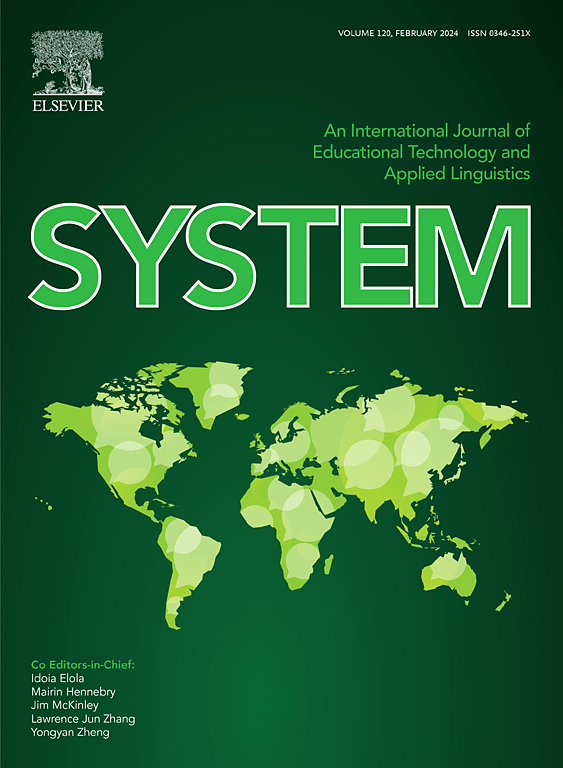Proinflammatory polarization of adipose tissue macrophages in cows with subclinical ketosis constitutes a critical driver of adipose tissue remodeling and inflammation
IF 6.5
1区 农林科学
Q1 Agricultural and Biological Sciences
引用次数: 0
Abstract
Sustained lipolysis exacerbates subclinical ketosis (SCK) in dairy cows and is associated with inflammation and adipose tissue macrophage (ATM) infiltration. While ATM involvement in adipose homeostasis and inflammation in early lactation is recognized, a comprehensive exploration of ATM polarization phenotypes in SCK cows is lacking. This study aimed to characterize ATM polarization and its link to lipolysis and inflammation in SCK cows. Subcutaneous adipose tissue samples were obtained from dairy cows to analyze protein expression and gene profiles. Compared with healthy cows, SCK cows had higher serum BHBA and NEFA, smaller adipocytes, and increased expression of lipolytic enzymes (LIPE, ATGL), indicating enhanced lipolysis. Decreased levels of FASN, PPARγ, p-SMAD3, and TGFβ suggested impaired adipogenesis. Inflammatory markers (TNF-α, IFN-γ, TLR4, Caspase1) and NFκB signaling activity were elevated. ATM infiltration was supported by increased CD9, CD68, TREM2, and CXCL1 expression. Protein abundance of M1 polarization markers (iNOS, CD86 and CCL2) in ATMs were associated with greater levels of NOS2, IL1B, CD86 and CCL2 mRNA expression in SCK cows; fluorescence intensity of NOS2 and CD86 also was elevated, alongside a higher proportion of CD68+/CD86+ immunopositive cells within adipose tissue. ELISA further quantified increased concentrations of IL-1β and CCL2. Conversely, the abundance of ATM M2 polarization markers, including CD206, IL-10, KLF4, and Arg1, at both the protein and mRNA levels demonstrated a decline. Meanwhile, the proportion of CD68+/CD206+ immune response cells was relatively low in SCK cows. Overall, the present study indicated an augmented macrophage presence within adipose tissue during subclinical ketosis, with a predominance of pro-inflammatory macrophages (M1 ATM). This observation suggested a vicious cycle wherein macrophage infiltration and pro-inflammatory polarization coincide with enhanced lipolysis and an amplified inflammatory cascade.亚临床酮症奶牛脂肪组织巨噬细胞的促炎极化是脂肪组织重塑和炎症的关键驱动因素
持续的脂肪分解会加剧奶牛的亚临床酮症(SCK),并与炎症和脂肪组织巨噬细胞(ATM)浸润有关。虽然已经认识到ATM参与哺乳早期脂肪稳态和炎症,但对SCK奶牛ATM极化表型的全面探索尚缺乏。本研究旨在表征SCK奶牛的ATM极化及其与脂肪分解和炎症的联系。采集奶牛皮下脂肪组织样本,分析蛋白质表达和基因谱。与健康奶牛相比,SCK奶牛血清BHBA和NEFA升高,脂肪细胞变小,脂溶酶(LIPE, ATGL)表达增加,表明脂肪分解能力增强。FASN、PPARγ、p-SMAD3和TGFβ水平降低提示脂肪生成受损。炎症标志物(TNF-α、IFN-γ、TLR4、Caspase1)和NFκB信号活性升高。CD9、CD68、TREM2和CXCL1表达增加支持ATM浸润。奶牛atm中M1极化标记物(iNOS、CD86和CCL2)的蛋白丰度与奶牛NOS2、IL1B、CD86和CCL2 mRNA表达水平升高相关;NOS2和CD86的荧光强度升高,脂肪组织中CD68+/CD86+免疫阳性细胞比例升高。ELISA进一步定量IL-1β和CCL2浓度升高。相反,包括CD206、IL-10、KLF4和Arg1在内的ATM M2极化标记在蛋白和mRNA水平上的丰度均呈下降趋势。同时,SCK奶牛的CD68+/CD206+免疫应答细胞比例相对较低。总的来说,本研究表明,在亚临床酮症期间,脂肪组织中巨噬细胞的存在增加,并且以促炎巨噬细胞(M1 - ATM)为主。这一观察结果表明,巨噬细胞浸润和促炎极化与脂肪分解增强和炎症级联放大同时存在恶性循环。
本文章由计算机程序翻译,如有差异,请以英文原文为准。
求助全文
约1分钟内获得全文
求助全文
来源期刊

Journal of Animal Science and Biotechnology
AGRICULTURE, DAIRY & ANIMAL SCIENCE-
CiteScore
9.90
自引率
2.90%
发文量
822
审稿时长
17 weeks
期刊介绍:
Journal of Animal Science and Biotechnology is an open access, peer-reviewed journal that encompasses all aspects of animal science and biotechnology. That includes domestic animal production, animal genetics and breeding, animal reproduction and physiology, animal nutrition and biochemistry, feed processing technology and bioevaluation, animal biotechnology, and meat science.
 求助内容:
求助内容: 应助结果提醒方式:
应助结果提醒方式:


